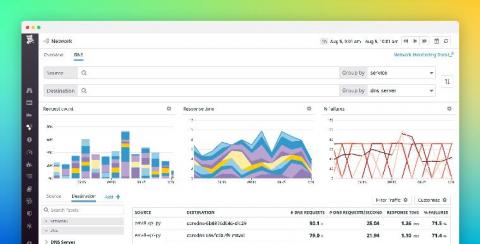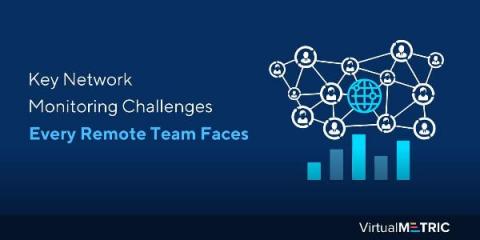New Market Research Shows More than 80% of Global 2000 Companies Planning to Leverage the Cloud Intend to Maintain On-Premises Environments
San Jose, CA, November 11, 2020 – A vast majority (84%) of companies considered “digital leaders” by IDC, a leading provider of global IT research and advice, are turning to a hybrid cloud approach as they adopt public cloud services to improve IT service delivery.










